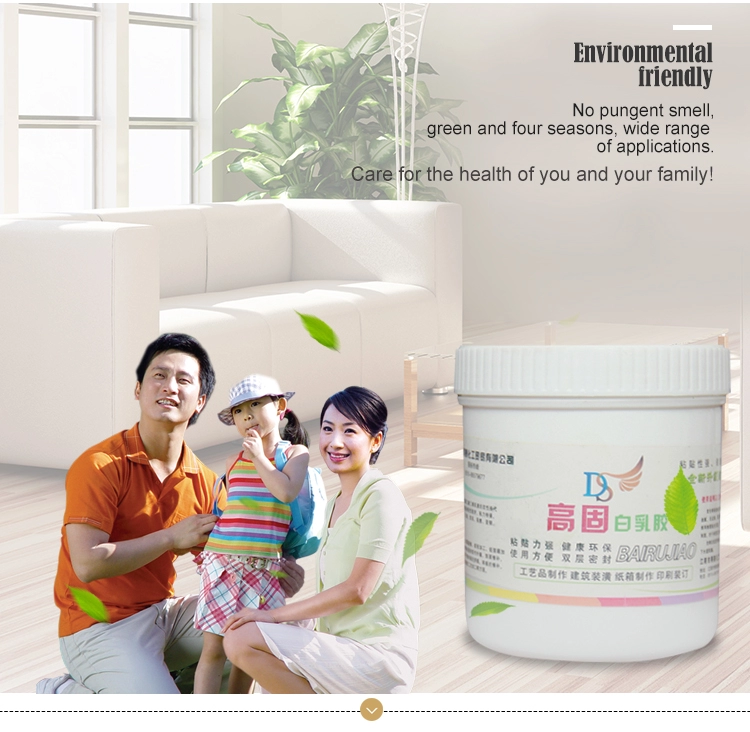White glue, or “Polyvinyl Acetate (PVA) glue“, is an adhesive made from a polymer emulsion. It is popular among hobbyists, parents, DIY enthusiasts, and woodworking professionals due to its reliable **bonding strength** and ease of application. In my experience, children especially favor this glue for arts and school projects because it’s generally considered “non-toxic”. However, this doesn’t mean it’s entirely risk-free.
Ingredients Found in White Glue
The primary component of white glue is “Polyvinyl Acetate”, a synthetic polymer widely used across various industries. Other ingredients typically include water, which makes the glue easy to apply, and small amounts of preservatives extending its shelf life.
“Polyvinyl Acetate” is widely recognized as safe and is even found in products like food packaging and chewing gum. However, preservatives used in some white glue formulations, such as trace amounts of “formaldehyde”, occasionally cause irritation if ingested or if they directly contact sensitive skin or eyes.
Is White Glue Safe?
Although white glue is generally considered “non-toxic”, it can still pose certain minimal risks. These potential hazards usually arise from misuse, improper handling, or accidental ingestion rather than from the glue’s natural ingredients.
1.Risks from Ingestion and Skin Contact
White glue isn’t meant for consumption, though accidental ingestion typically won’t cause serious harm beyond mild stomach upset or discomfort, based on my personal observations and general product labeling.
Meanwhile, prolonged skin exposure can lead to irritation, particularly for individuals with sensitive skin or allergies. From personal experience, it’s advisable to “wash glue off skin promptly” to avoid dry or irritated patches. Although rare, allergic reactions to specific glue components are also possible.
2.Risks from Eye Contact
It’s important to prevent white glue from entering your eyes, as it can cause significant discomfort and irritation. I recall an incident where glue accidentally splashed near the eyes during a craft session—promptly rinsing the eyes thoroughly with water prevented lasting irritation. If discomfort persists after thorough rinsing, seek medical attention to evaluate further.
3.Risks from Inhalation
When handling large quantities of white glue or applying it in poorly ventilated spaces, inhalation of glue fumes may result in respiratory irritation. In my workshop experience, adequate ventilation significantly lowers this risk. This concern becomes especially relevant when heating glue or working with sizable glued surfaces.
Essential Safety Precautions When Using White Glue
Safety when handling adhesives like white glue should always be a priority. Here are some practical precautions for using “white glue safely”:
1.Ensure Proper Ventilation
Use white glue in well-ventilated spaces. Proper airflow disperses fumes effectively, significantly reducing respiratory risks. Simply open a window or use a fan in indoor spaces while working with glue.
2.Prevent Ingestion and Eye Contact
Minimize risks by keeping glue away from faces and mouths during crafting sessions, particularly when working with young children.
3.Wash Hands Promptly
Immediately washing hands after using adhesive prevents skin irritation and reduces the risk of accidental ingestion.
4. Store Glue Correctly
Always secure and store white glue safely out of reach of children and pets—something I’ve found essential in maintaining safe crafting environments.
Post time: Apr-28-2025







